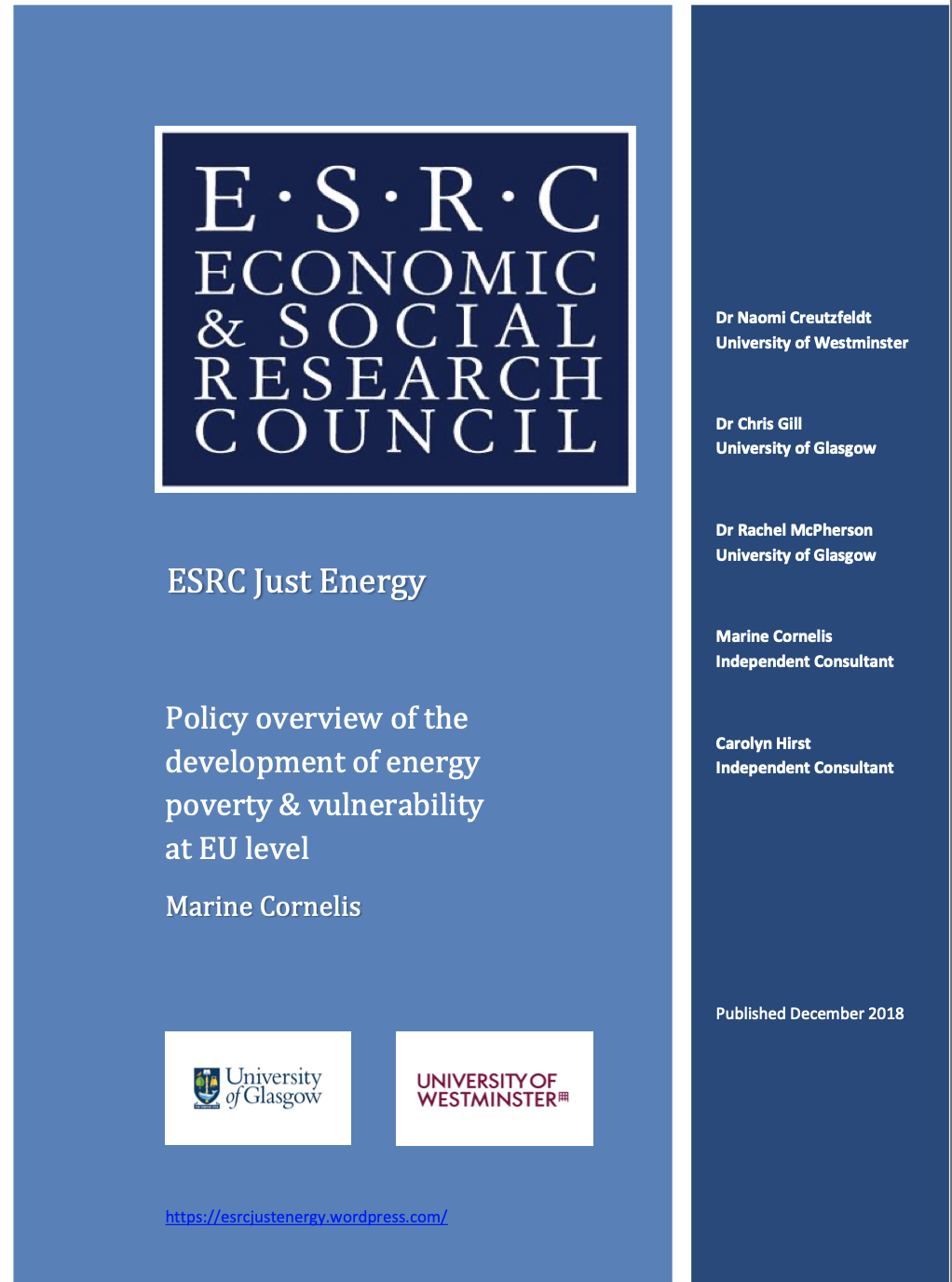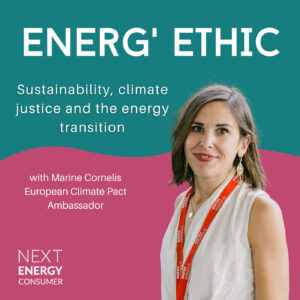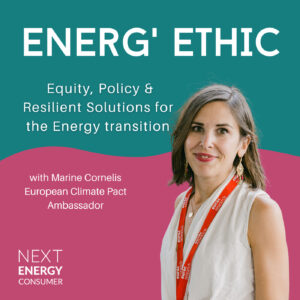This piece was written in 2018 for the ESRC Just Energy Research project. Don’t forget to contact us for follow-ups, listen to the podcast episode (2021), and check our toolkit and our book to know more.
One of the key aims of the Just Energy project is to investigate how vulnerable consumers access justice. Therefore, understanding which consumers are currently excluded from accessing justice through ADR is key, as is providing an overview of recent EU and national measures and policies which seek to address energy poverty and consumer vulnerability in the energy sector.
European Energy Poverty policy landscape
More than 50 million European citizens are unable to keep their home adequately warm, with similar numbers being reported with regard to the late payment of utility bills or presence of poor housing conditions. Acknowledging and understanding the issue of energy poverty and vulnerability in Europe is still it is a recent concept, explicitly recognised about a decade ago, during the previous round of discussion of the energy directives, the 2009 Third Energy Package, and of which we do not yet know all the ramifications. Today, energy poverty and vulnerability levels remain very high, and while European policymakers are discussing the upcoming set of legislation, the issue seems more pressing than ever.
Due to a lack of a single, pan-European definition and the lack of consistency between the data collected, analysing and comparing the levels of energy poverty remains a complex task. Summer energy poverty, hidden poverty (including abnormally low consumption) and territorial issues are still overlooked. Even National Regulatory Authorities do not have the same mandate throughout Europe to handle energy poverty and vulnerability data because this is the task of social security institutions or other bodies.
The European Commission, although not advocating for a single definition, has brought energy poverty and vulnerability into mainstream EU energy policy, and established it as a European issue. For instance, the Commission has introduced requirements in energy legislation to better understand the issues, through initiatives such as the Citizen’s Energy Forum (CEF), the European Energy Poverty Observatory (EPOV), and pan-European EU-funded projects such as the COST ENGAGER research platform or the Horizon 2020 ASSIST project. Energy poverty is also addressed in several directives on the energy performance and efficiency of appliances, and in several Commission communications.
Measures to protect vulnerable consumers have been added to the Clean Energy Package set of directives to be adopted in 2018. This set of directive aims to “put the consumer at the centre” and targets several sectors (energy efficiency, energy performance of buildings, renewable energy, electricity market redesign, governance rules for the Energy Union, energy security and eco-design). Energy efficiency is the key requirement that member states should consider in order to address the structural causes of energy poverty and improving the building stock. Member states will have reporting obligations, in order to make sure they are accountable on the energy poverty subject. Member states are encouraged to better target short-term measures and limit market interventions on the price-setting. Furthermore, the set of directives aims to facilitate access to information for consumers and switching conditions.
Energy poverty and vulnerability in France, Italy, Catalonia & Bulgaria: a few examples
The level of reported energy poverty and vulnerability widely differs between and within the countries and regions studied. Looking at income, the key indicator to assess the share of the population at risk of poverty, in 2016, the highest share of populations at risk of poverty or social exclusion were found in Bulgaria (40.4%), Italy reached 30%, and Spain 27.9%. Only France experienced a lower share of the population at risk of poverty (18,2%). The EU average was 23,5%.
In our sample, definitions (or lack-off), measures, stakeholders involved and approaches to mitigate energy poverty and vulnerability are very diverse. In most EU countries, vulnerable customers are protected through a combination of energy specific protection measures and social security benefits. Many EU member states make use of winter truce and restrictions to disconnection due to non-payment to protect vulnerable consumers, such as Catalonia, which is seeking to further extend measures against disconnection.
The price and price-setting of energy are particularly relevant indicators, including whether prices are regulated or competitive, levels of taxation, and costs of supply. The impacts on different groups in society can be dramatic. Some member states set up special energy prices, social tariffs, bonuses, and social benefits to cover energy costs (such as Bulgaria and Italy), often limited by their long-term impact on the mitigation of energy poverty.
Interestingly, despite being at the heart of the most recent EU policies, we note that in the countries and regions studied, targeted energy-efficient measures for the most vulnerable are still modest. Currently, only a few member states provide grants and tools which can be used to invest in energy efficiency or replace old appliances with energy efficient ones, such as the Chèque Energie in France.
The tenure status and dwelling type are also important criteria, and we notice tremendous differences between the countries and regions studied. Often, we note that the implementation of refurbishment projects is left to cities and local governments (such as in Barcelona or Plovdiv). We observe that the engagement of stakeholders differs widely between the territories studied, and the (non) coordination of their work would be a topic of study. France and Bulgaria tend to adopt a more centralised, publicly-led approach while in Italy and Catalonia, the work is often performed by NGOs at a very local level.
These initial observations allow us to understand the specific issues of each country and region we are examining, and we hope to understand the challenges that people face in asserting their rights.



